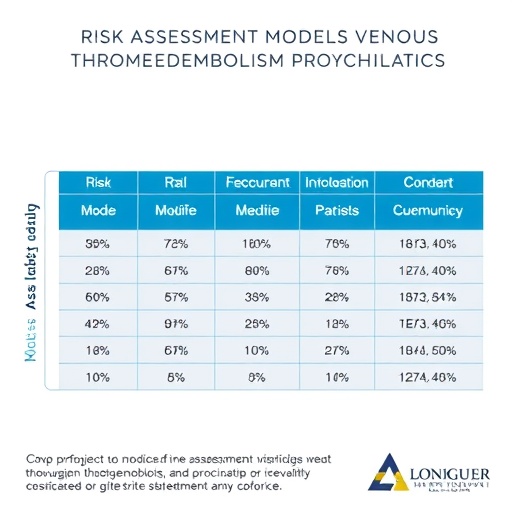Global warming is a concept very well-known to people today, even those who are not particularly invested in such matters. However, this knowledge becomes obsolete very quickly. Take the greenhouse effect. We all have heard about the 2 emissions and their detrimental effect on our planet. According to the US EPA data, 76% of all greenhouse gas emissions are carbon dioxide, and 16% — methane (??4). However, despite this great differential, methane is actually much more dangerous. Intergovernmental Panel on Climate Change gives a good insight into that. As per their research, the greenhouse activity of methane is 28 times higher than that of carbon dioxide in the timeframe of 100 years and 80 times higher if the next 20 years are taken into account. Moreover, methane concentration in the atmosphere grows exponentially. And the explanation for that may be derived from our distant past.
Vice-Rector Danis Nurgaliev explains, «The turnover of carbon on our planet is a very interesting problem. This element has much to do with most of the processes on Earth, and that includes global warming. But it's very difficult, almost impossible, to follow its turnover retrospectively. We are talking about not mere dozens or even hundreds of thousands of years. These timeframes have already been tackled by us – for instance, by studying gas bubbles in Antarctic ice. Hypothetically, we can also find bubbles in amber. But there has not yet been reliable data in this matter. And talking about more prolonged eons, there are much more blind spots and unexplained events there».
Filling these gaps is one of the tasks posed within a project called "Petroleum bearing beds, shales and hydrocarbon deposits as underestimated sources of greenhouse methane emissions". This and its sister project (in ecobiotechnologies) have been named breakthrough projects for SAU EcoOil. The expected breakthrough is in reevaluating methane as a driver of climate change. Scientists have to determine methane concentration during earlier geological eons. The task is actually much more complicated than just finding the ratios of oxygen, nitrogen, or carbon dioxide. It becomes even more challenging because methane doesn't stay long in the atmosphere. On average, it oxidizes in 8 – 12 years and breaks up into water and carbon dioxide. However, SAU EcoOil is eager to find the solution.
Dr. Nurgaliev adds, «We plan to research in three time scales using different objects. Firstly, we have data for the last dozens and hundreds of years. For example, we are very interested in finding how petroleum extraction projects influence hydrocarbon emission from deposits. Here we are helped by Romashkino Field, the one that has been in operation for over 70 years. We want to obtain data about hydrocarbon gas emissions after the work started from tree rings within the field zone and outside of it. Secondly, there are objects that allow to collect data from historical times (thousands of years) — these are lake sediments. Thirdly, as I have mentioned, we can use ice bubbles. And fourthly, we have older objects — minerals, rocks, and even whole sedimentary formations. The concentration of different carbon compounds in them can give us information about emissions into the atmosphere».
This very complicated task warrants combined efforts of a big team. That's why a formidable array of experts is engaged – both inside and outside KFU. Universities of the USA, Germany, and Switzerland have joined in, and the relevant research is conducted in the Arctic, Siberia, and Latin America.
Head of SAU EcoOil Mikhail Varfolomeev gives details, «We actively attract our experienced colleagues from Europe into the project. They are Roland Oberhansli (University of Potsdam), Mustafa Koc (Middle East Technical University), and many others. And what I would like to emphasize — young researchers also join in. There are about 50 right now, and there will be more in the future. I think this is a very positive trend».
By the way, KFU employees are also very skilled in climate reconstruction – Paleoclimatology, Paleoecology and Paleomagnetism Lab has for some time now studied lake sediments. However, this new project brings change in methods and timeframes.
This is how it goes, according to Junior Research Associate Dilyara Kuzina's words, «Contemporary methane emission volumes will be studied by satellite and on-the-ground observation. Mathematical modelling on supercomputers will be utilized for evaluating emission volumes. Hydrocarbon dating of tree rings will be used for the insight into the past. And forecasts will be made thanks to satellites and on-the-ground observation».
All this work is to answer the question – how will the climate change in the future? Concurrently, SAU EcoOil also pursues other objectives — working out a technology of evaluating the maturity of oil source beds in a basin and deposit prospecting. Source rock maturation and deposit formation is accompanied by methane emissions. In short, if today you have to drill test wells, in the future such necessity may not be present — methane emissions will tell everything. And, what is more, this may also be organized automatically.
###
Media Contact
Yury Nurmeev
[email protected]
@KazanUni
http://kpfu.ru/eng
############
Story Source: Materials provided by Scienmag




